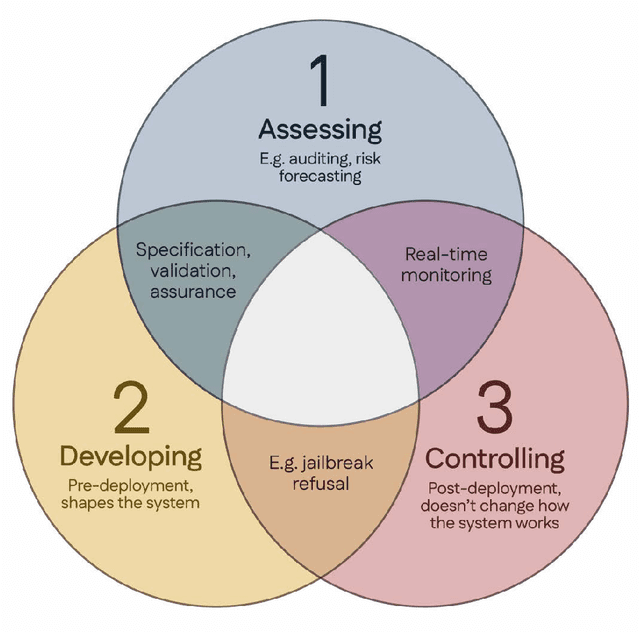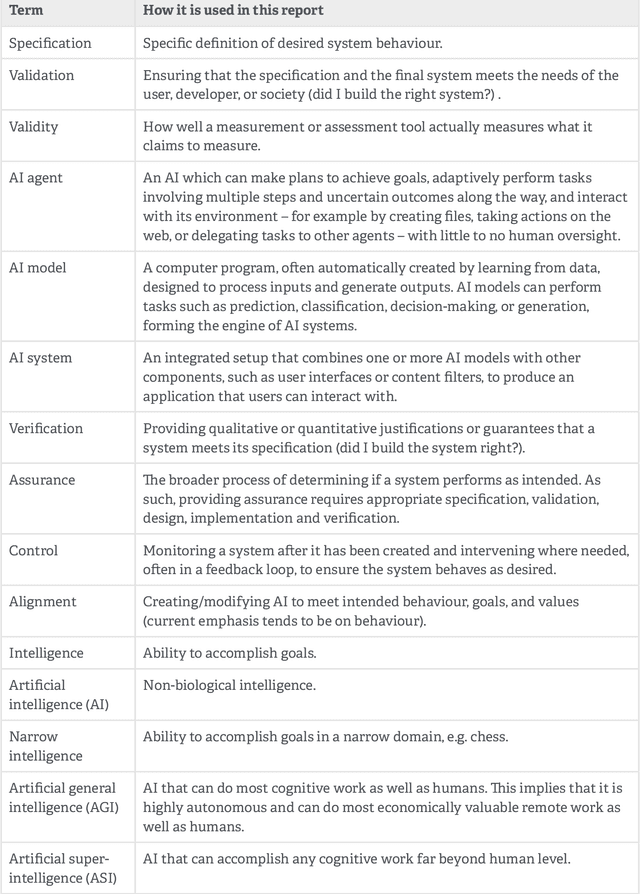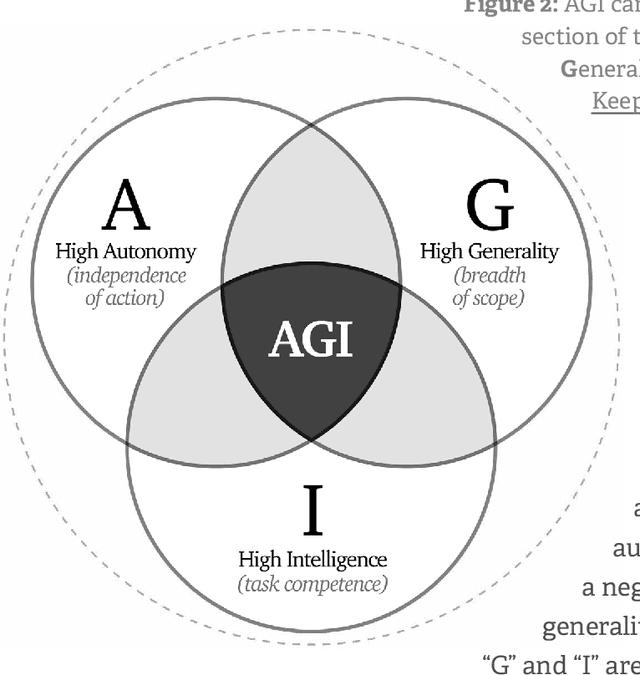Mohan Kankanhalli
Object-Centric Framework for Video Moment Retrieval
Dec 20, 2025Abstract:Most existing video moment retrieval methods rely on temporal sequences of frame- or clip-level features that primarily encode global visual and semantic information. However, such representations often fail to capture fine-grained object semantics and appearance, which are crucial for localizing moments described by object-oriented queries involving specific entities and their interactions. In particular, temporal dynamics at the object level have been largely overlooked, limiting the effectiveness of existing approaches in scenarios requiring detailed object-level reasoning. To address this limitation, we propose a novel object-centric framework for moment retrieval. Our method first extracts query-relevant objects using a scene graph parser and then generates scene graphs from video frames to represent these objects and their relationships. Based on the scene graphs, we construct object-level feature sequences that encode rich visual and semantic information. These sequences are processed by a relational tracklet transformer, which models spatio-temporal correlations among objects over time. By explicitly capturing object-level state changes, our framework enables more accurate localization of moments aligned with object-oriented queries. We evaluated our method on three benchmarks: Charades-STA, QVHighlights, and TACoS. Experimental results demonstrate that our method outperforms existing state-of-the-art methods across all benchmarks.
Nearest Neighbor Projection Removal Adversarial Training
Sep 10, 2025Abstract:Deep neural networks have exhibited impressive performance in image classification tasks but remain vulnerable to adversarial examples. Standard adversarial training enhances robustness but typically fails to explicitly address inter-class feature overlap, a significant contributor to adversarial susceptibility. In this work, we introduce a novel adversarial training framework that actively mitigates inter-class proximity by projecting out inter-class dependencies from adversarial and clean samples in the feature space. Specifically, our approach first identifies the nearest inter-class neighbors for each adversarial sample and subsequently removes projections onto these neighbors to enforce stronger feature separability. Theoretically, we demonstrate that our proposed logits correction reduces the Lipschitz constant of neural networks, thereby lowering the Rademacher complexity, which directly contributes to improved generalization and robustness. Extensive experiments across standard benchmarks including CIFAR-10, CIFAR-100, and SVHN show that our method demonstrates strong performance that is competitive with leading adversarial training techniques, highlighting significant achievements in both robust and clean accuracy. Our findings reveal the importance of addressing inter-class feature proximity explicitly to bolster adversarial robustness in DNNs.
Fair Deepfake Detectors Can Generalize
Jul 03, 2025Abstract:Deepfake detection models face two critical challenges: generalization to unseen manipulations and demographic fairness among population groups. However, existing approaches often demonstrate that these two objectives are inherently conflicting, revealing a trade-off between them. In this paper, we, for the first time, uncover and formally define a causal relationship between fairness and generalization. Building on the back-door adjustment, we show that controlling for confounders (data distribution and model capacity) enables improved generalization via fairness interventions. Motivated by this insight, we propose Demographic Attribute-insensitive Intervention Detection (DAID), a plug-and-play framework composed of: i) Demographic-aware data rebalancing, which employs inverse-propensity weighting and subgroup-wise feature normalization to neutralize distributional biases; and ii) Demographic-agnostic feature aggregation, which uses a novel alignment loss to suppress sensitive-attribute signals. Across three cross-domain benchmarks, DAID consistently achieves superior performance in both fairness and generalization compared to several state-of-the-art detectors, validating both its theoretical foundation and practical effectiveness.
The Singapore Consensus on Global AI Safety Research Priorities
Jun 25, 2025


Abstract:Rapidly improving AI capabilities and autonomy hold significant promise of transformation, but are also driving vigorous debate on how to ensure that AI is safe, i.e., trustworthy, reliable, and secure. Building a trusted ecosystem is therefore essential -- it helps people embrace AI with confidence and gives maximal space for innovation while avoiding backlash. The "2025 Singapore Conference on AI (SCAI): International Scientific Exchange on AI Safety" aimed to support research in this space by bringing together AI scientists across geographies to identify and synthesise research priorities in AI safety. This resulting report builds on the International AI Safety Report chaired by Yoshua Bengio and backed by 33 governments. By adopting a defence-in-depth model, this report organises AI safety research domains into three types: challenges with creating trustworthy AI systems (Development), challenges with evaluating their risks (Assessment), and challenges with monitoring and intervening after deployment (Control).
Reasoning LLMs are Wandering Solution Explorers
May 26, 2025Abstract:Large Language Models (LLMs) have demonstrated impressive reasoning abilities through test-time computation (TTC) techniques such as chain-of-thought prompting and tree-based reasoning. However, we argue that current reasoning LLMs (RLLMs) lack the ability to systematically explore the solution space. This paper formalizes what constitutes systematic problem solving and identifies common failure modes that reveal reasoning LLMs to be wanderers rather than systematic explorers. Through qualitative and quantitative analysis across multiple state-of-the-art LLMs, we uncover persistent issues: invalid reasoning steps, redundant explorations, hallucinated or unfaithful conclusions, and so on. Our findings suggest that current models' performance can appear to be competent on simple tasks yet degrade sharply as complexity increases. Based on the findings, we advocate for new metrics and tools that evaluate not just final outputs but the structure of the reasoning process itself.
OrgAccess: A Benchmark for Role Based Access Control in Organization Scale LLMs
May 25, 2025



Abstract:Role-based access control (RBAC) and hierarchical structures are foundational to how information flows and decisions are made within virtually all organizations. As the potential of Large Language Models (LLMs) to serve as unified knowledge repositories and intelligent assistants in enterprise settings becomes increasingly apparent, a critical, yet under explored, challenge emerges: \textit{can these models reliably understand and operate within the complex, often nuanced, constraints imposed by organizational hierarchies and associated permissions?} Evaluating this crucial capability is inherently difficult due to the proprietary and sensitive nature of real-world corporate data and access control policies. We introduce a synthetic yet representative \textbf{OrgAccess} benchmark consisting of 40 distinct types of permissions commonly relevant across different organizational roles and levels. We further create three types of permissions: 40,000 easy (1 permission), 10,000 medium (3-permissions tuple), and 20,000 hard (5-permissions tuple) to test LLMs' ability to accurately assess these permissions and generate responses that strictly adhere to the specified hierarchical rules, particularly in scenarios involving users with overlapping or conflicting permissions. Our findings reveal that even state-of-the-art LLMs struggle significantly to maintain compliance with role-based structures, even with explicit instructions, with their performance degrades further when navigating interactions involving two or more conflicting permissions. Specifically, even \textbf{GPT-4.1 only achieves an F1-Score of 0.27 on our hardest benchmark}. This demonstrates a critical limitation in LLMs' complex rule following and compositional reasoning capabilities beyond standard factual or STEM-based benchmarks, opening up a new paradigm for evaluating their fitness for practical, structured environments.
Nine Ways to Break Copyright Law and Why Our LLM Won't: A Fair Use Aligned Generation Framework
May 25, 2025Abstract:Large language models (LLMs) commonly risk copyright infringement by reproducing protected content verbatim or with insufficient transformative modifications, posing significant ethical, legal, and practical concerns. Current inference-time safeguards predominantly rely on restrictive refusal-based filters, often compromising the practical utility of these models. To address this, we collaborated closely with intellectual property experts to develop FUA-LLM (Fair Use Aligned Language Models), a legally-grounded framework explicitly designed to align LLM outputs with fair-use doctrine. Central to our method is FairUseDB, a carefully constructed dataset containing 18,000 expert-validated examples covering nine realistic infringement scenarios. Leveraging this dataset, we apply Direct Preference Optimization (DPO) to fine-tune open-source LLMs, encouraging them to produce legally compliant and practically useful alternatives rather than resorting to blunt refusal. Recognizing the shortcomings of traditional evaluation metrics, we propose new measures: Weighted Penalty Utility and Compliance Aware Harmonic Mean (CAH) to balance infringement risk against response utility. Extensive quantitative experiments coupled with expert evaluations confirm that FUA-LLM substantially reduces problematic outputs (up to 20\%) compared to state-of-the-art approaches, while preserving real-world usability.
Bullying the Machine: How Personas Increase LLM Vulnerability
May 19, 2025Abstract:Large Language Models (LLMs) are increasingly deployed in interactions where they are prompted to adopt personas. This paper investigates whether such persona conditioning affects model safety under bullying, an adversarial manipulation that applies psychological pressures in order to force the victim to comply to the attacker. We introduce a simulation framework in which an attacker LLM engages a victim LLM using psychologically grounded bullying tactics, while the victim adopts personas aligned with the Big Five personality traits. Experiments using multiple open-source LLMs and a wide range of adversarial goals reveal that certain persona configurations -- such as weakened agreeableness or conscientiousness -- significantly increase victim's susceptibility to unsafe outputs. Bullying tactics involving emotional or sarcastic manipulation, such as gaslighting and ridicule, are particularly effective. These findings suggest that persona-driven interaction introduces a novel vector for safety risks in LLMs and highlight the need for persona-aware safety evaluation and alignment strategies.
Privacy Risks and Preservation Methods in Explainable Artificial Intelligence: A Scoping Review
May 05, 2025



Abstract:Explainable Artificial Intelligence (XAI) has emerged as a pillar of Trustworthy AI and aims to bring transparency in complex models that are opaque by nature. Despite the benefits of incorporating explanations in models, an urgent need is found in addressing the privacy concerns of providing this additional information to end users. In this article, we conduct a scoping review of existing literature to elicit details on the conflict between privacy and explainability. Using the standard methodology for scoping review, we extracted 57 articles from 1,943 studies published from January 2019 to December 2024. The review addresses 3 research questions to present readers with more understanding of the topic: (1) what are the privacy risks of releasing explanations in AI systems? (2) what current methods have researchers employed to achieve privacy preservation in XAI systems? (3) what constitutes a privacy preserving explanation? Based on the knowledge synthesized from the selected studies, we categorize the privacy risks and preservation methods in XAI and propose the characteristics of privacy preserving explanations to aid researchers and practitioners in understanding the requirements of XAI that is privacy compliant. Lastly, we identify the challenges in balancing privacy with other system desiderata and provide recommendations for achieving privacy preserving XAI. We expect that this review will shed light on the complex relationship of privacy and explainability, both being the fundamental principles of Trustworthy AI.
FractalForensics: Proactive Deepfake Detection and Localization via Fractal Watermarks
Apr 13, 2025Abstract:Proactive Deepfake detection via robust watermarks has been raised ever since passive Deepfake detectors encountered challenges in identifying high-quality synthetic images. However, while demonstrating reasonable detection performance, they lack localization functionality and explainability in detection results. Additionally, the unstable robustness of watermarks can significantly affect the detection performance accordingly. In this study, we propose novel fractal watermarks for proactive Deepfake detection and localization, namely FractalForensics. Benefiting from the characteristics of fractals, we devise a parameter-driven watermark generation pipeline that derives fractal-based watermarks and conducts one-way encryption regarding the parameters selected. Subsequently, we propose a semi-fragile watermarking framework for watermark embedding and recovery, trained to be robust against benign image processing operations and fragile when facing Deepfake manipulations in a black-box setting. Meanwhile, we introduce an entry-to-patch strategy that implicitly embeds the watermark matrix entries into image patches at corresponding positions, achieving localization of Deepfake manipulations. Extensive experiments demonstrate satisfactory robustness and fragility of our approach against common image processing operations and Deepfake manipulations, outperforming state-of-the-art semi-fragile watermarking algorithms and passive detectors for Deepfake detection. Furthermore, by highlighting the areas manipulated, our method provides explainability for the proactive Deepfake detection results.
 Add to Chrome
Add to Chrome Add to Firefox
Add to Firefox Add to Edge
Add to Edge